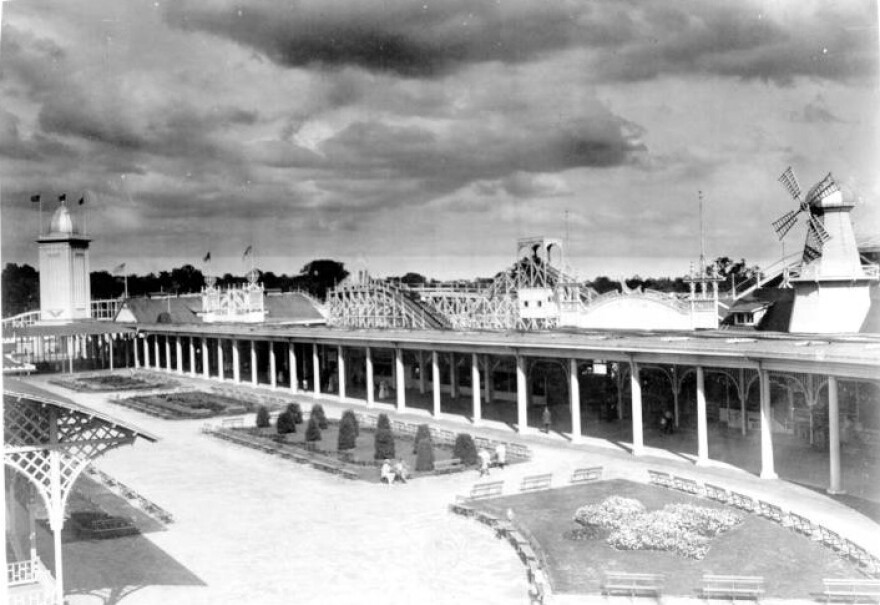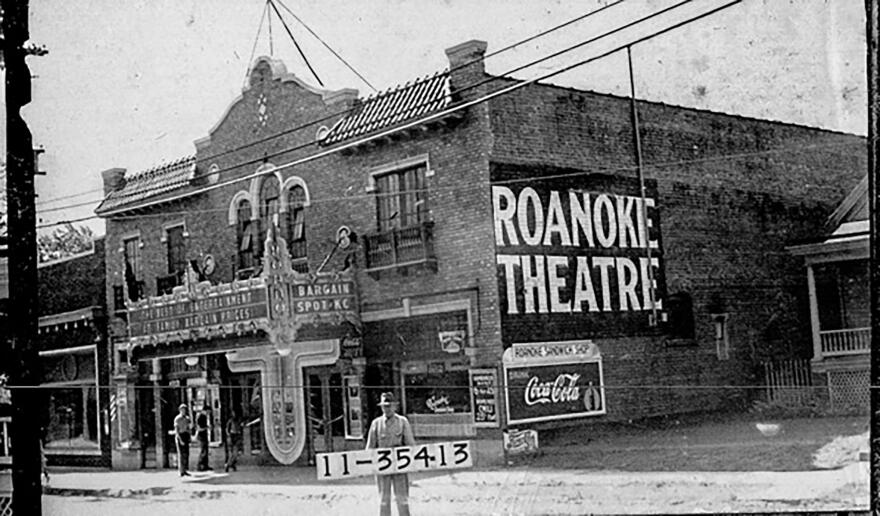What a lot of Kansas Citians love about Midtown is the historic character of the area.
Twenty-two distinct neighborhoods make up what Kansas Citians call Midtown, an area spanning from 31st to 55th streets, former KCUR news director Mary Jo Draper lays out in her book, Kansas City's Midtown Neighborhoods.
Her book takes a look at the history of the neighborhoods and the buildings, parks, green spaces and minor streets within their borders.

"In most cases, these neighborhood 'bones' were built during the period between 1880 and 1930, creating the structure of the Midtown neighborhoods as we know them today," Draper writes.
For example, Electric Park was a popular Midtown attraction after the turn of the century, with swimming, band concerts and a popular roller coaster, she said.
Here are some other notable images from Midtown's past, according to Draper:

As Kansas Citians began moving south from the crowded Quality Hill area in the 1880s, several wealthy families built homes at Troost Avenue near 31st Street, Draper explains. The area came to be known as "Millionaire's Row" before homes were replaced by a bustling business district.

Jacob Ragan farm near Armour and Gillham is an example of one of the more rural residences that were located in what is now known as south Kansas City in the 1880s — before the area started to develop, Draper writes.

Ed's Florist, located at Linwood and Gillham, was one of many small flourishing neighborhood businesses in 1940, she writes.
Central Standard host Gina Kaufmann interviewed Draper earlier this month about her book. For more on Midtown's historic neighborhoods, listen to their discussion.



